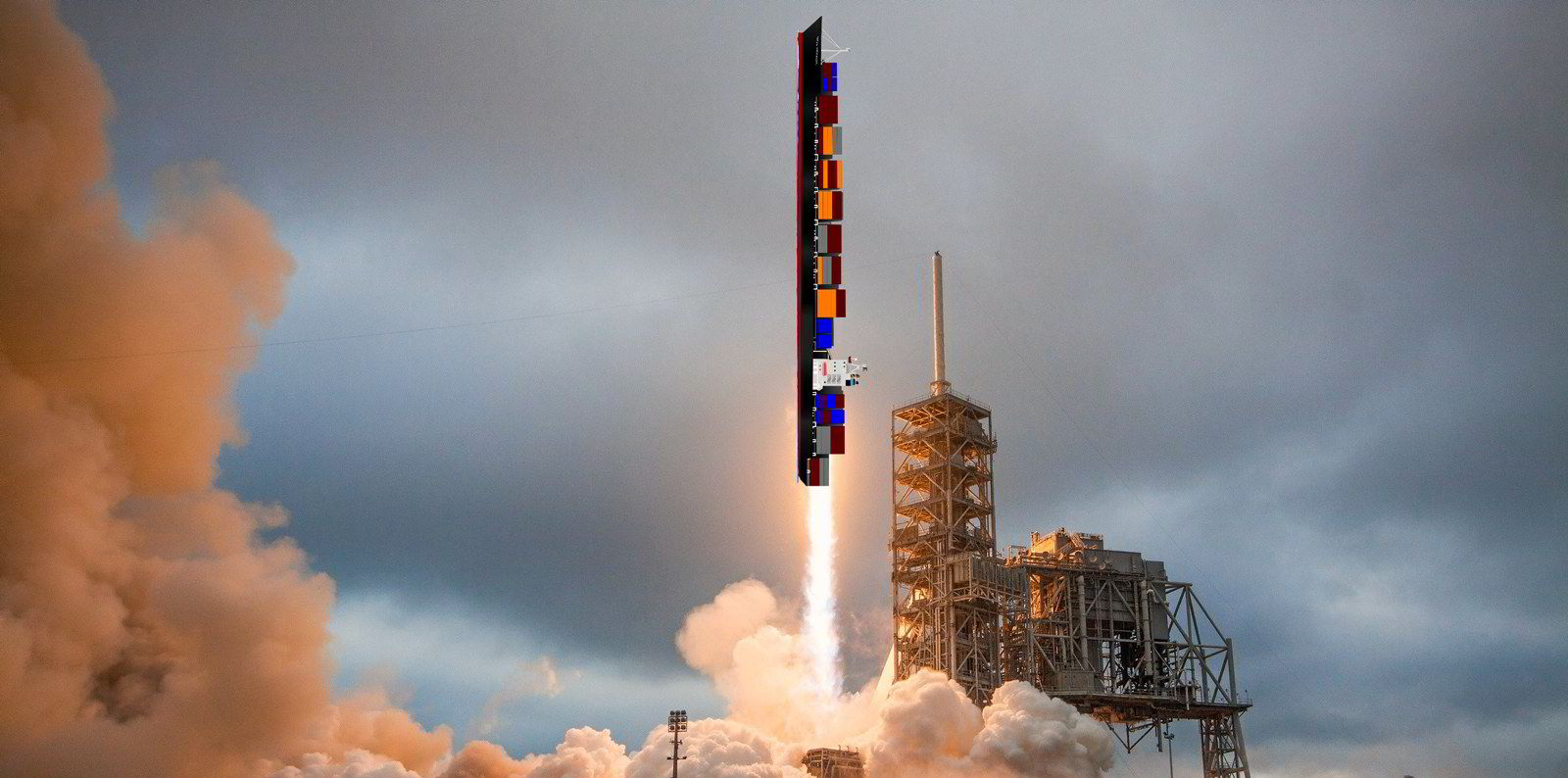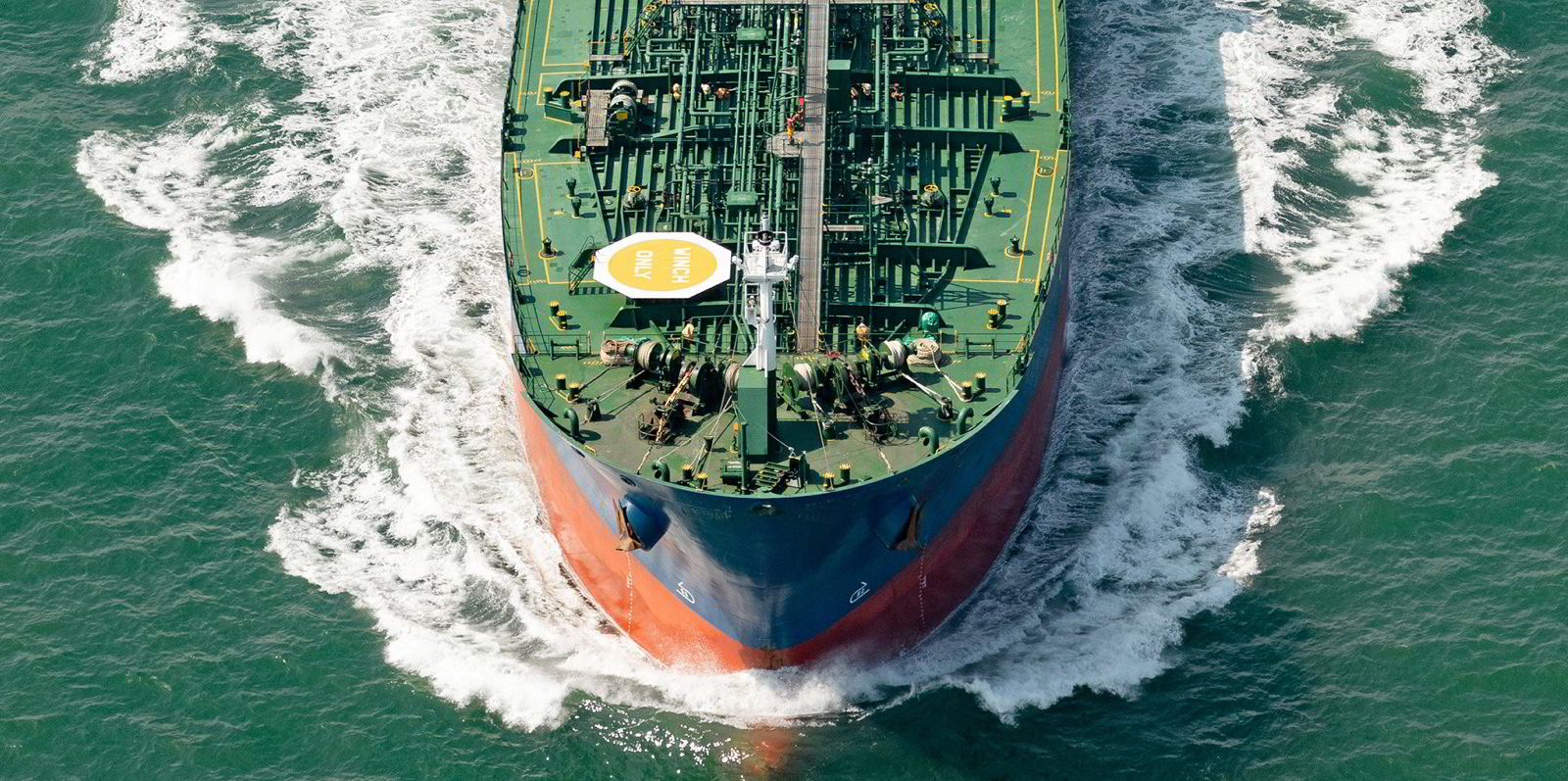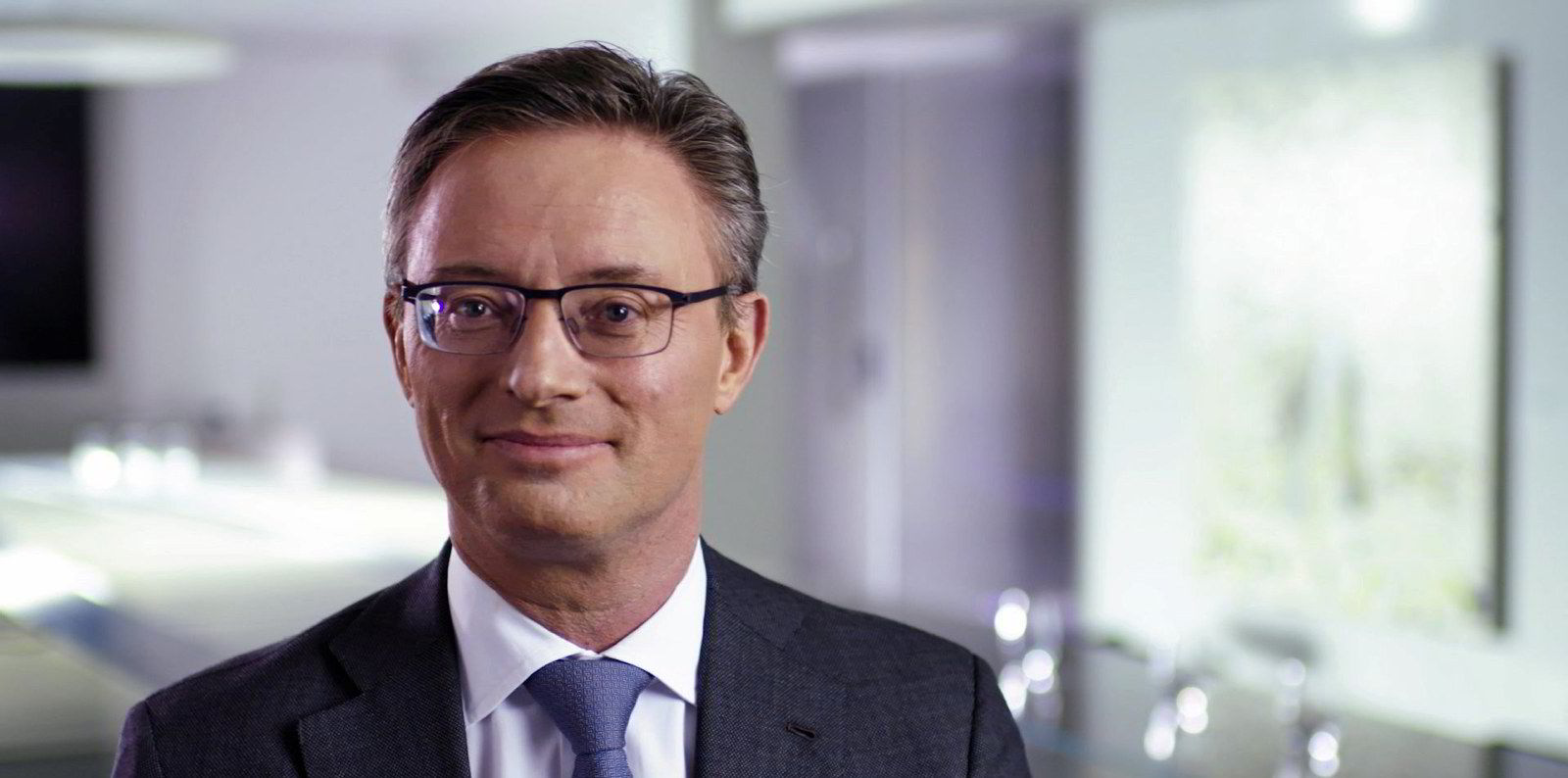Stolt-Nielsen’s ageing chemical tanker fleet could prove a blessing in disguise when it comes to its decarbonisation push.
Stolt Tankers president Lucas Vos told TradeWinds that the Norwegian shipowner will have to replace 75% of its ships by 2035, which will push it to the forefront of future fuels and carbon-neutral vessel innovation.
The Oslo-listed shipping and terminals group has a target of halving CO2 emissions by 2030.
“Clearly you need to have different propulsion to get to this number. I am very happy to see the enormous amount of activity taking place, whether from traditional companies like the Shells and Exxons, or start-ups,” Vos said.
It’s no secret
“It becomes a game of ‘can you attach yourself to the right initiative?’ ”
The group has 87 tankers, many of which date from the 1990s and 2000s.
Vos told TradeWinds: “It’s not a secret, the average fleet age of the Stolt fleet is high. Compared to our competitors we have an older fleet.”
He conceded that does not make the company best in class in terms of the International Maritime Organization’s Energy Efficiency Operational Indicator (EEOI) figures right now.
“But it does create an opportunity,” he said.
“I actually think we are in a very good position to be at the forefront, maybe not in 2022/23, but in a decade we will be at the forefront when it comes to our sustainability, because of this older fleet.
“We have to do it, we want to do it, it’s in our DNA, our shareholders will be driving for it and we think it makes sense.”
The choice of future propulsion is extremely important to the company, so it has created its own sustainability department to examine the issue.
Dedicated sustainability team

It is looking at “everything that’s going on, whether it’s hydrogen, wind, ammonia, methanol, anything, and make sure we partake in that development”.
The shipowner plans to have a carbon-neutral ship in operation by 2030.
“The idea is that at the least it doesn’t emit any carbon, so we would go full hydrogen or what have you,” Vos added.
It is too early to say whether a vessel design will also be able to cut out all greenhouse gases from auxiliary engines, but there are other ways to make it carbon-neutral, according to Vos.
Stolt Tankers believes the technology is currently feasible through hydrogen designs, but the issue is the supply chain.
“Which future fuel can get a supply chain that’s covering the whole world, not just the major ports?” Vos asked.
“Shanghai, Rotterdam, Singapore I’m not so concerned about. But do we also get it in the tier 2 ports?”
Stolt-Nielsen has revealed emission figures for 2020. It reduced CO2 output from its vessels to 1.8m tonnes, from 1.9m tonnes in 2019, due to a 6% improvement in EEOI efficiency.
It is also working on measuring indirect Scope 2 and 3 emissions.
“We’ve taken some older tonnage out last year — five ships — partly driven by the initial scare from the coronavirus crisis and what it would do to the needed capacity, but it was also driven by environmental considerations,” Vos added.
The EEOI measure is about tonnes per nautical mile too, so higher utilisation of ships becomes important. “We’ve seen a 2% increase in utilisation,” he said.
He also believes efficiency is about being smarter about how bunkers are used, as well as changes to engines, better routing and optimal trims.
“There’s a lot of stuff you can do with your current tool set. It’s the management and internal drive to keep going on this subject that has helped us in 2020.”
One problem is that finding EEOI data going back to the 2008 baseline can be tricky. This includes figures on utilisation and what cargo was shipped at what time.
The company is “relatively comfortable” with its calculation that it has cut emissions by 30% on the deepsea fleet since 2008. It is still analysing data on the regional fleet.
SOx emissions are down 77.1% to 7,800 tonnes year on year. “The SOx decrease has been so tremendous because of the low-sulphur fuel,” he said.







